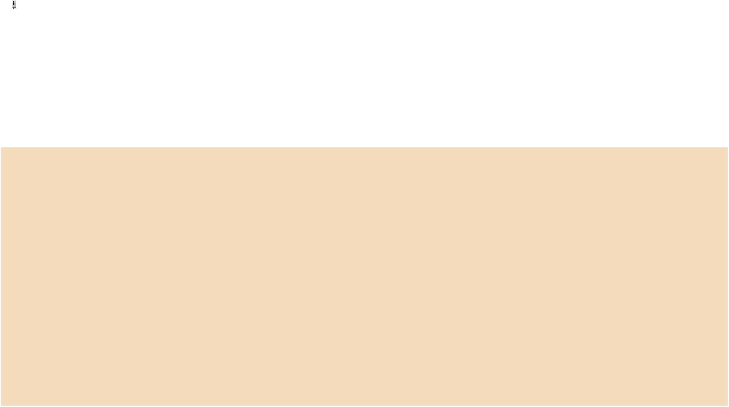Agriculture Reference
In-Depth Information
(9) When using a large pan for letting your soap cure, you will need an easy way to re-
move it. Line the pan with wax paper before you pour. Then, wait long enough for the
soap mix to harden so you can remove it without cracking and breaking, but not too
long so it becomes brittle and can't be removed. Remember that notebook and those re-
cords—time and temperature make all the difference. Do you remember what and how
you did this last winter?
Uses for Beeswax around the House
Pure beeswax has a multitude of uses around the home. Rub on sticky or squeaky
drawer edges for smoother movement. Put on screw threads or nails for easier
entry and waterproofing. Draw sewing needles across a block of beeswax to make
them easier to pull through fabric. You can purchase small molds that have the
word beeswax embossed on the top, and then sell these 1-ounce (28 g) blocks of
beeswax or give away as gifts. And, you can simply melt beeswax into chunks to
sell to other beekeepers.
Encaustic Painting
If you have an artistic rather than a crafty bent, encaustic painting is a unique way to
use your beeswax. Encaustic painting uses beeswax, a hardening resin, dyes, and heat
to produce a medium that can be used to create a whole world of visual art. Other art
techniques for your beeswax include sculpting, batik and resist painting, and mold mak-
ing.
Ellen Harnish of Beeology uses beeswax, resin, and dyes to produce the designs and
creations seen on these pages.
Encaustic tools, pigments, resins, and other materials are available from a variety of
suppliers who specialize in encaustic painting. The internet has a host of sites available
for techniques and tools. Classes abound and there is no end to what you can create with
these three ingredients and a bit of imagination.
To make the medium Ellen uses, in a small saucepan create a blend of 75 percent (by
weight) of beeswax and 25 percent (by weight) of dammar resin. Warm this on a small


